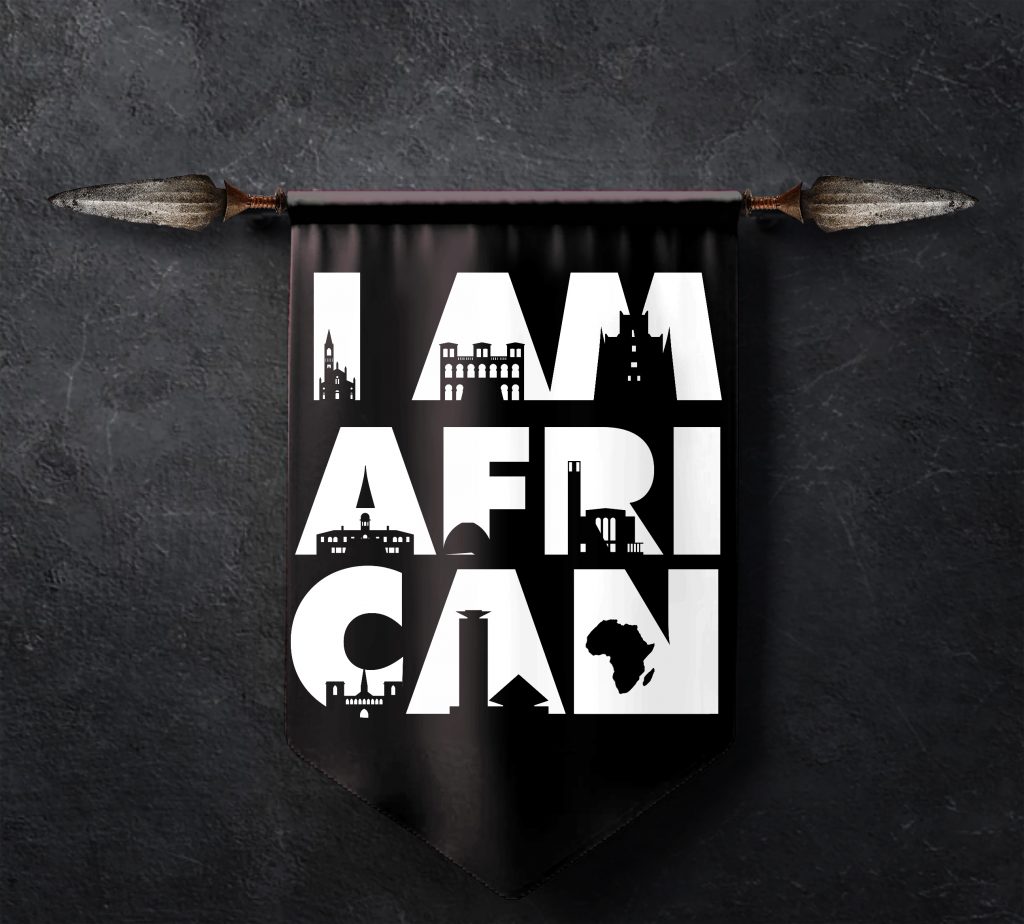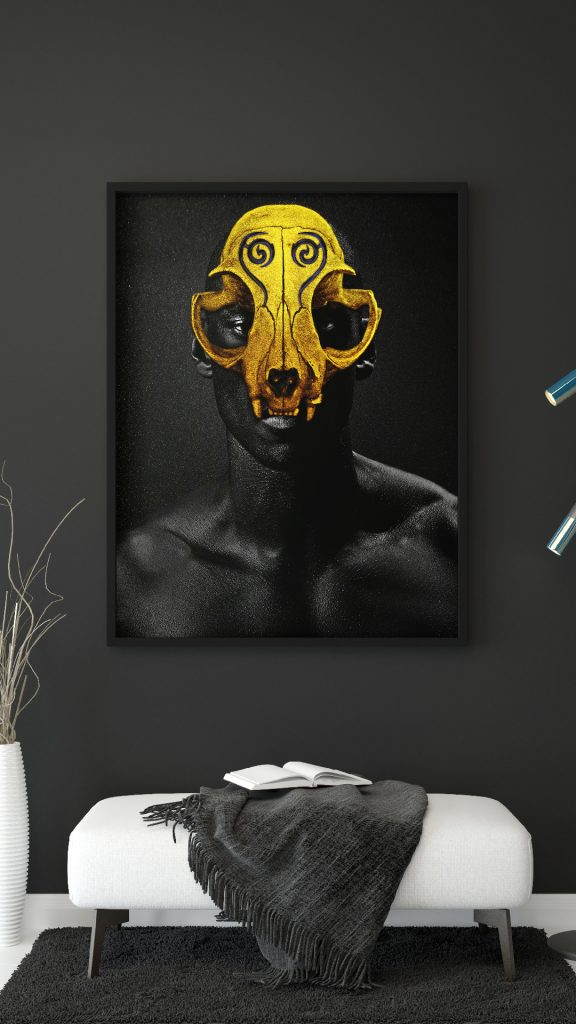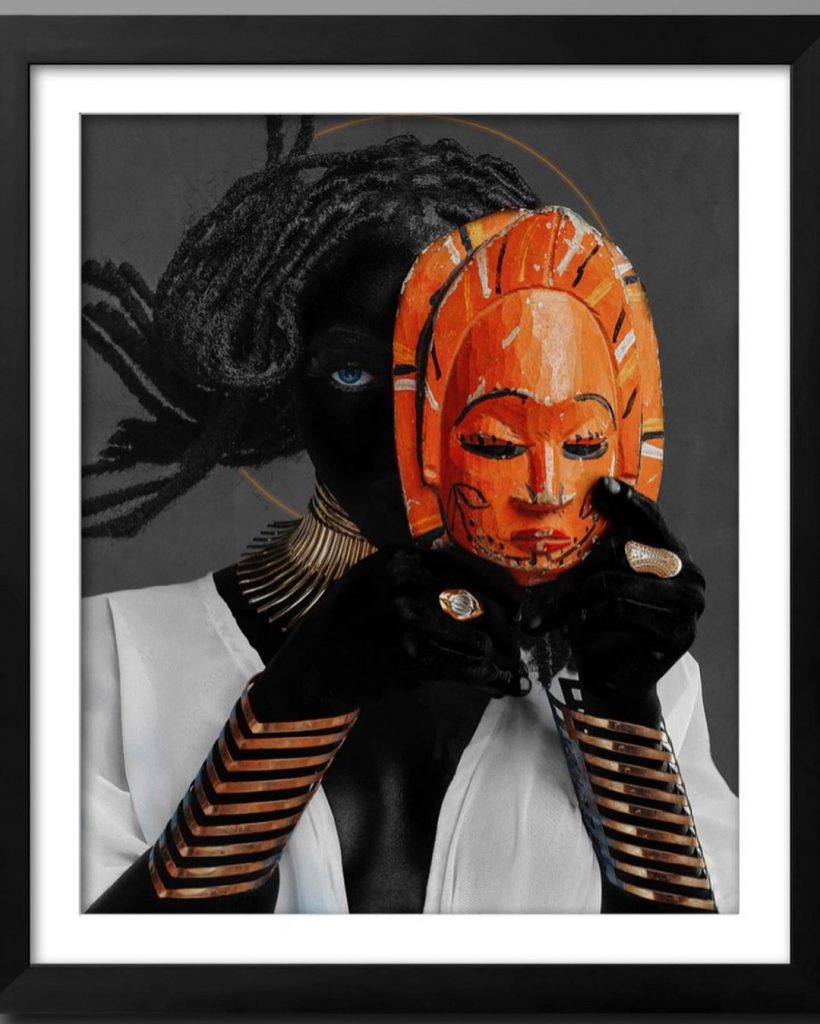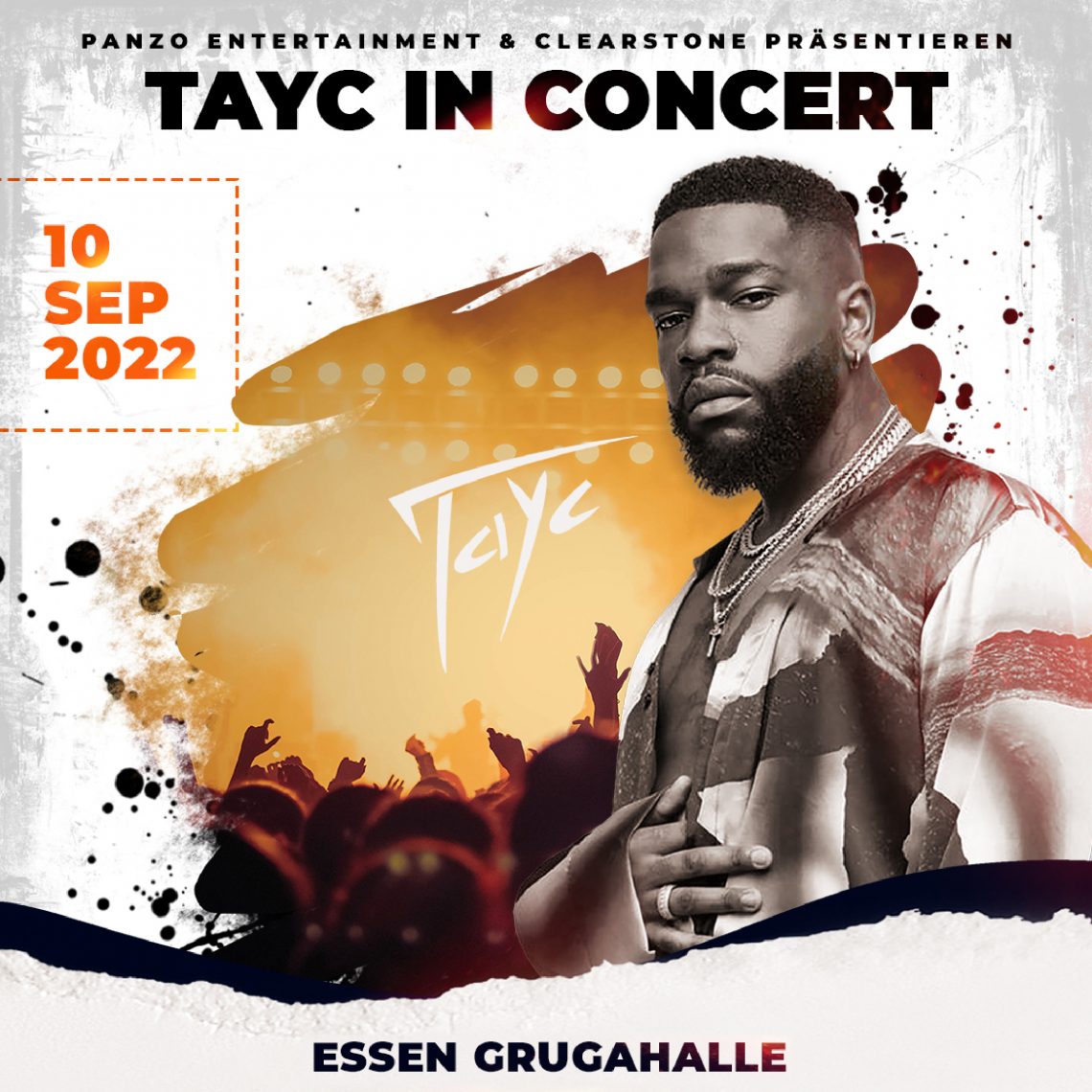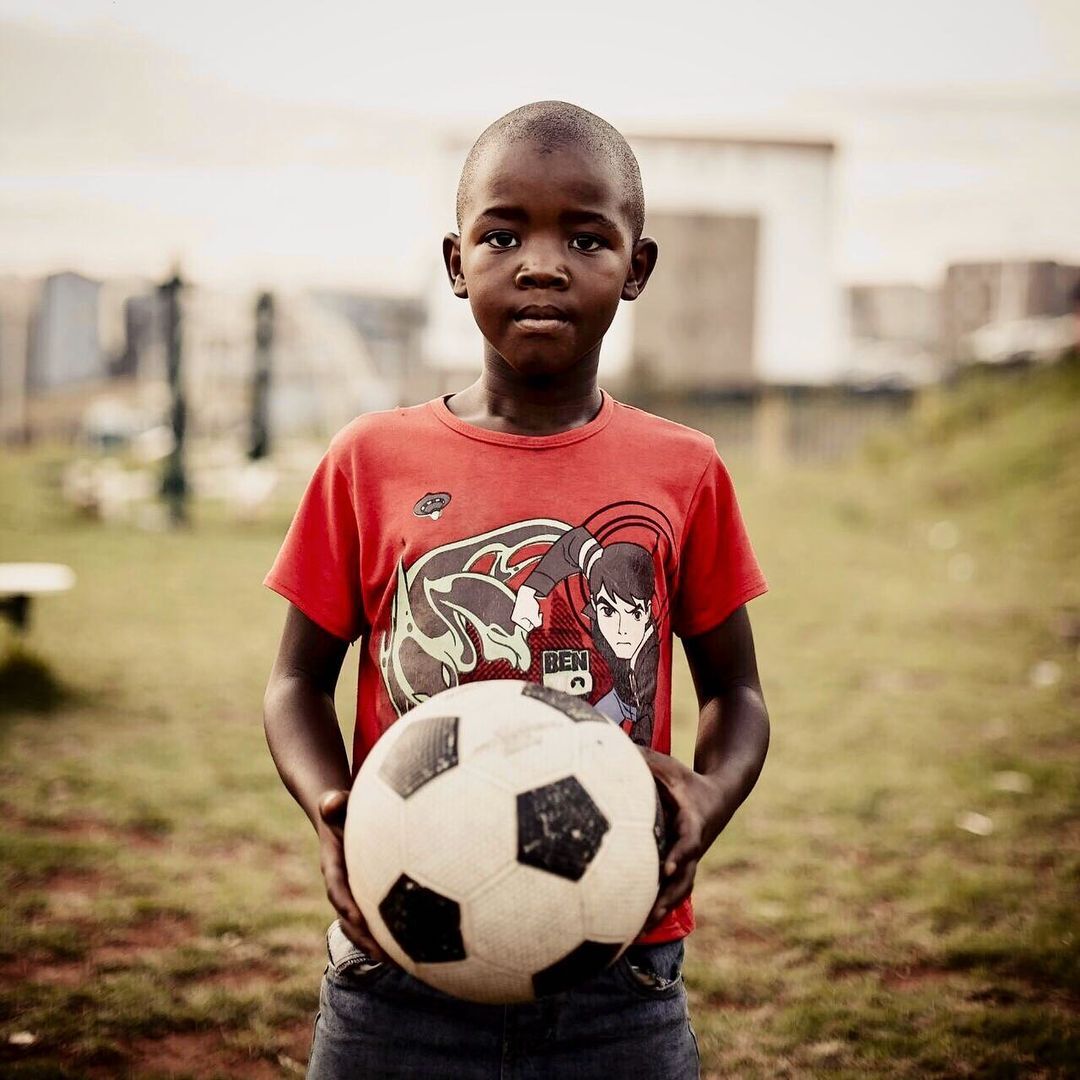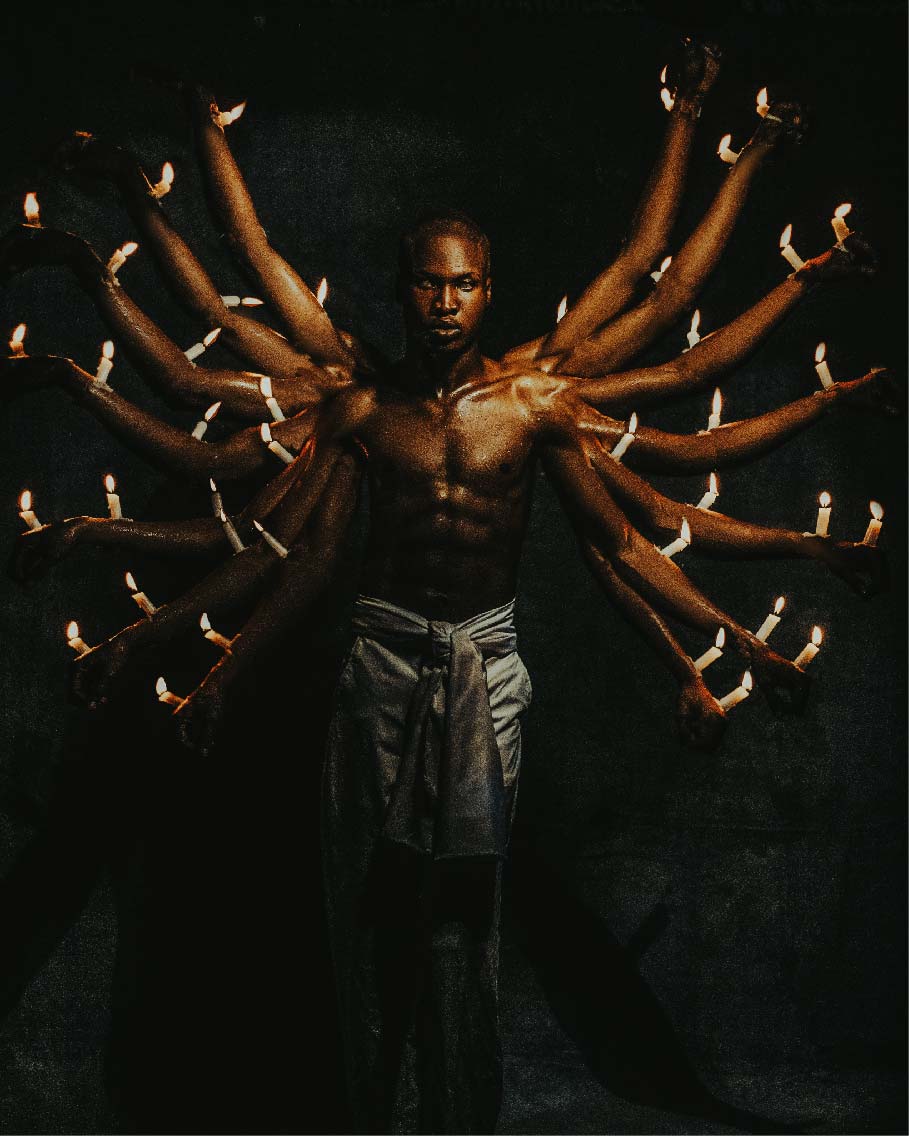
Across the globe, we Africans are a people widely recognized and acknowledged, for our rich cultural pride. This is despite the eons of invasions and annexes that ripped our ancestors, and consequently; us, off our belief systems and embryonic identity. For many decades now, Africa has caved into the shadows of another land, making it not only forget-but underestimate its true identity and value. This is not only just limited to our belief systems, but also our way of life, our language, and our resources.
Nonetheless, in today’s contemporary times we are experiencing a new age of pan-Africanists who are tactically redefining our identity once more, by virtue of their respective niche fields. They include creatives, engineers, digital creators, activists, medics and teachers. These people are not limited by neither age nor their geographical locations, but rather they are driven by their spur to see Africa recondition into what it can truly be. At its core, pan-Africanism is the belief that “African people, both on the continent and in the diaspora, share not merely a common history, but a common destiny.” But given the congruence of cultures and races today, what do you think qualifies one to be an African? How do we identify one another in today’s reality? The answer to that question seems quite obvious, but with the diversity of cultures and the current global village frenzy, it becomes more difficult to answer. We could reference it from a sibling relationship which stems from a maternal and paternal bond, or a half sibling relationship which stems from either of the two. .Geographically, those who identify as African are those who live on the African continent, whereas come the affair of roots, some may reside in Africa but have ancestral roots in Europe, Asia America or Australia. Perhaps skin color also has a role in African identity; black people who were born and raised in America are known as African American. Most of them have never been to Africa but because of the tone of their skin, they are identified with Africa.
One of the prominent ways in which we are weaving our identity together as a global African unit, is through music and art. Across the world, Africans are appreciating their diversity through various music genres such as Afrobeats, Amapiano (afro house genre), and Lingala with more and more hits topping the Billboard charts every waking day. Social media has been plethorized with dances that originate from the streets of Africa, with viral dances and sounds clocking billions of views. There’s no doubt that social media networks have been a game changer when it comes to exposure and how fast information can travel. Thanks to it, we are now exposed to more possibilities of ways in which we can enrich our lives. One impeccable way to do that is by incorporating African culture more into our routine through African art. African art has long deserved a spot on the global art scene, given that art from Africa and South America combined accounts for less than 4% of global art sales as of 2020. Its rich capacity to bring life to a space is quite honestly, unmatched, making it a worthy contestant for offices, hospitals, apartments and public offices. I especially love the way modern conceptual and contemporary artists are passing a message through every mural, giving a chronological peephole into the makeup of an African society and all its transitions through color and image composition. One glance will tell you a subconscious story. In my opinion, it doesn’t get any better than that. Grab yourself a frame that speaks to you with us. Browse here.

